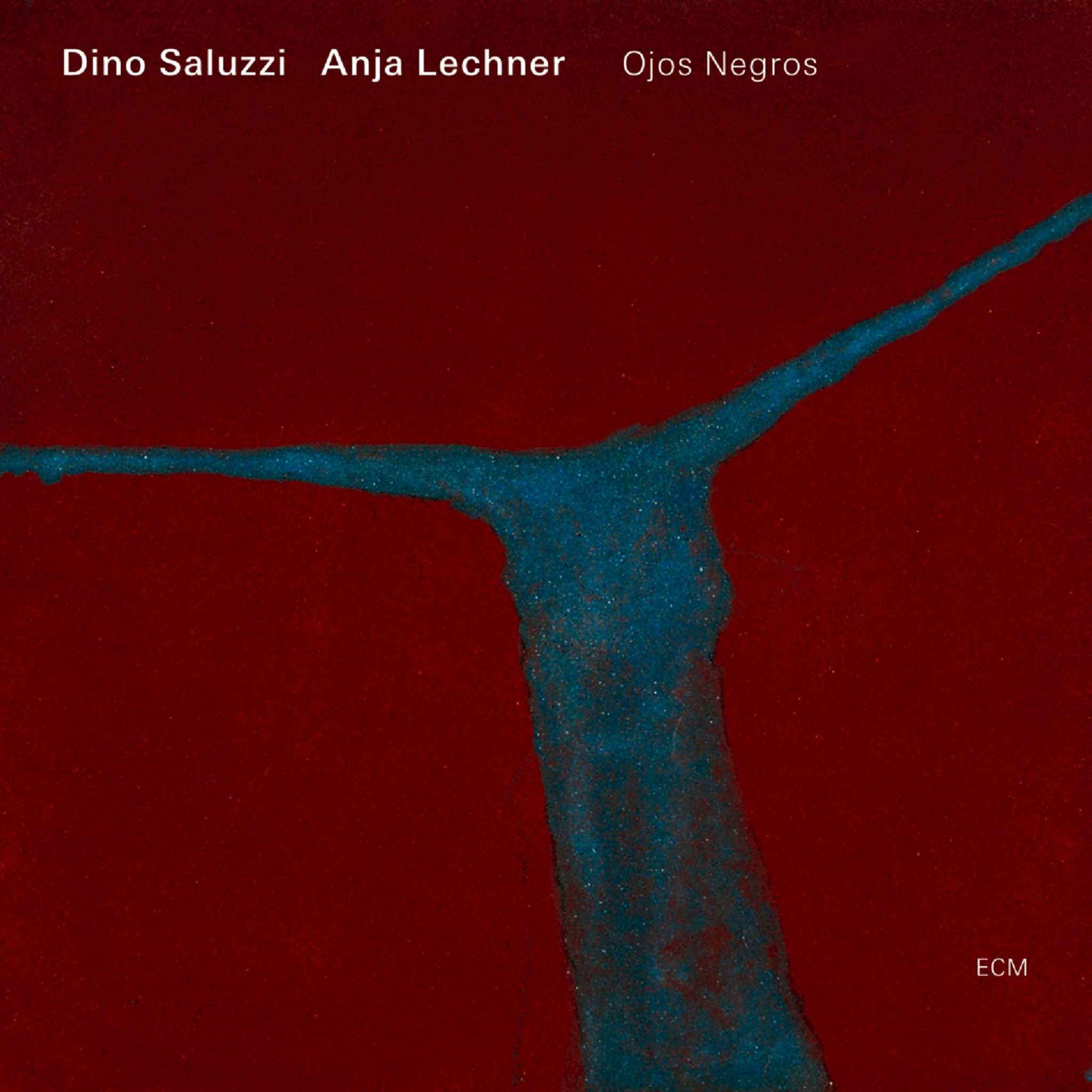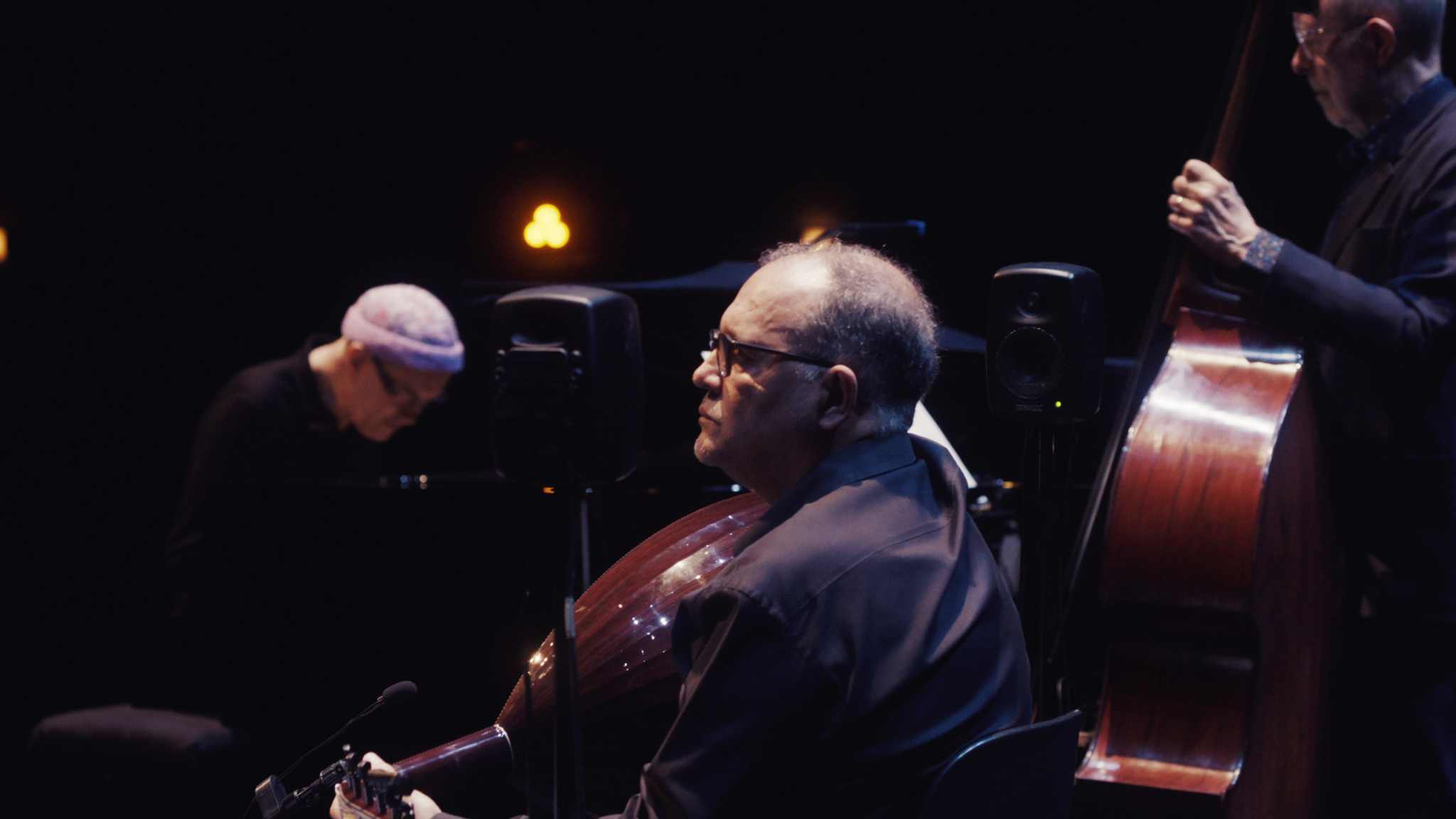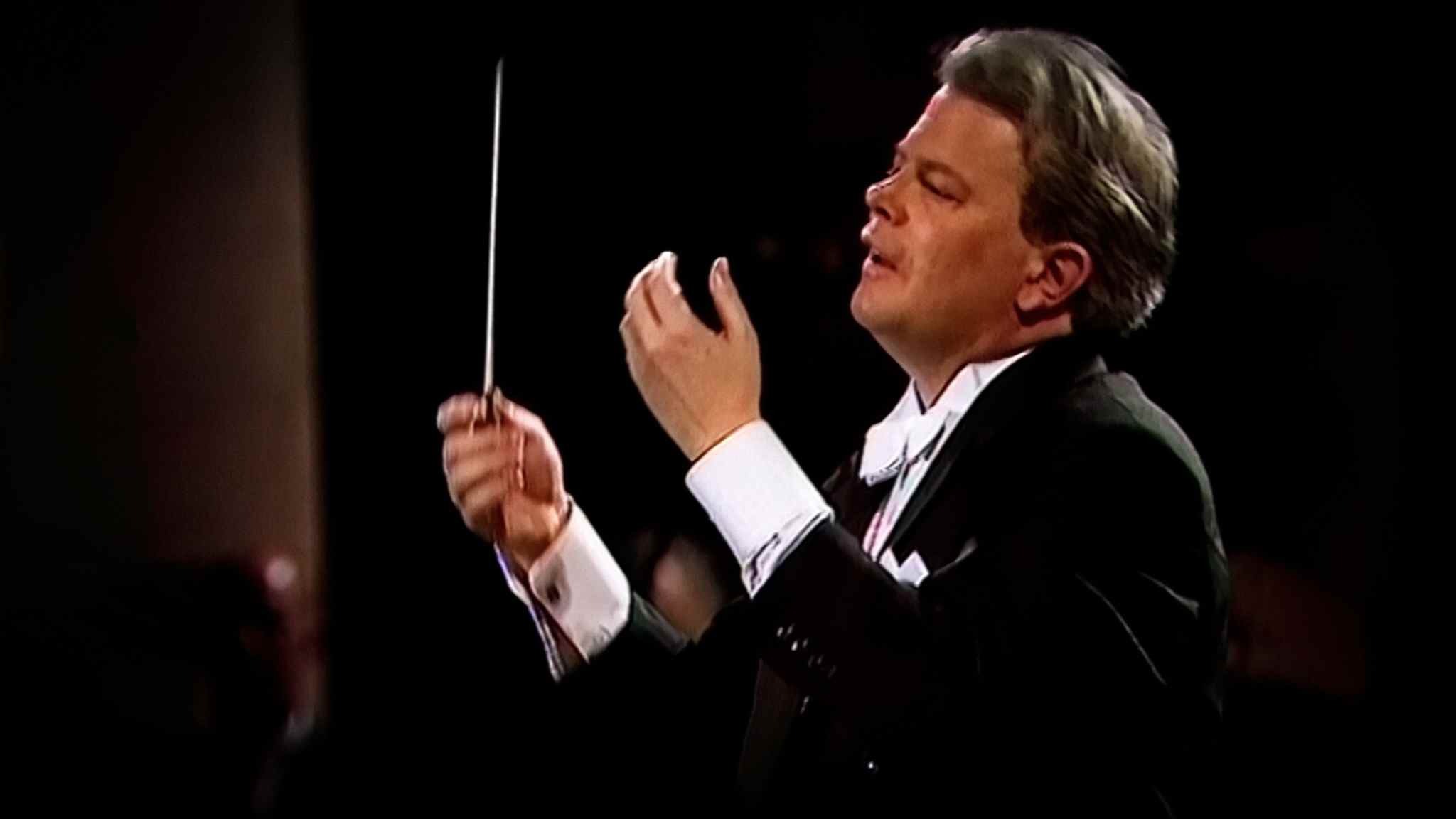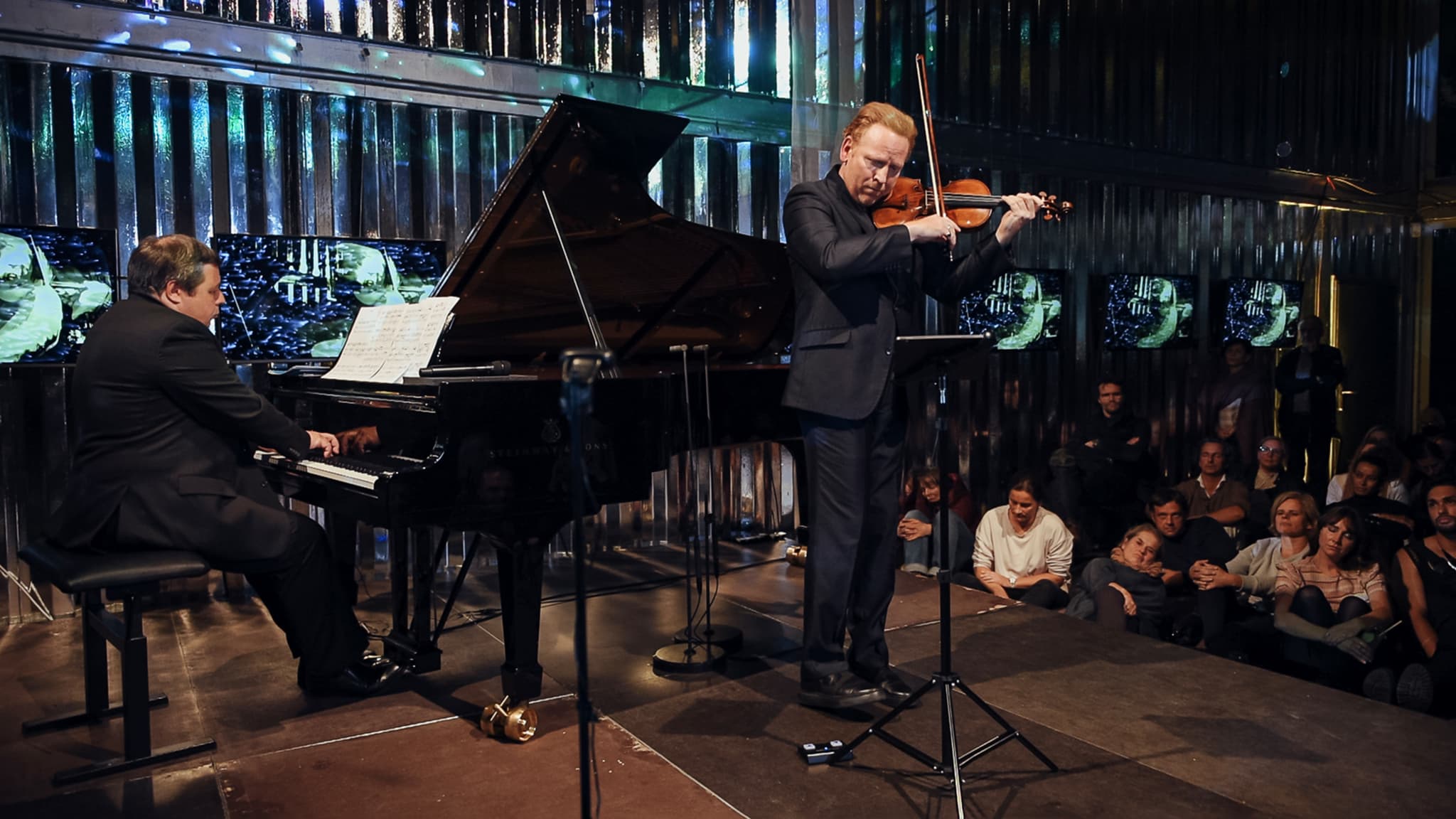Album insights
Taking a look at the current international repertoire of composed vocal music, it's hard to ignore Duarte Lobo (circa 1565-1646) when discussing Portugal, who stands as the most significant figure in what is known as the "golden age" of Portuguese polyphony. Lobo, while studying at Évora Cathedral under Manuel Mendes (circa 1547-1605), began his career as a musician in Lisbon. Soon after, he became mestre de capela at the Royal Hospital of All Saints, later holding the same position at the cathedral for almost five decades. Lobo's influence extended beyond Portugal, as he mentored a generation of musicians, composers, and theorists, including Manuel Machado, António Fernandes, Fernando de Almeida, and João Álvares Frouvo.
During a time when music printing was advancing significantly from the mid-16th century onwards, Lobo's compositions gained wider recognition due to a series of publications by the esteemed Officina Plantiniana in Antwerp over nearly four decades. This exceptional dissemination of his work was a testament to the high musical quality and aesthetic value of his compositions, leading to their presence across Europe and even reaching America. His music became part of the performance repertoire in key artistic centers over the centuries: Lobo shared concert programs in London and Paris with eminent composers like Händel, Palestrina, and Tallis. Today, amongst all works by Portuguese composers, Lobo's motet "Audivi vocem de caelo" shares the spotlight with Manuel Cardoso's "Sitivit anima mea" in concerts and recordings.
Lobo's mastery of the parody technique shines through in works like the "Missa Sancta Maria" and the "Missa Elisabeth Zachariae," both from his 1621 publication. These compositions are intricately crafted, showcasing his ability to transform material from earlier works with creativity and skill, drawing inspiration from respected composers of the 16th century like Guerrero and Palestrina. Notably, the "Missa Sancta Maria" highlights Lobo's contrapuntal expertise in the Agnus Dei II section with a puzzling motif resolution, weaving a rich musical narrative.
The Missa Elisabeth Zachariae, too, displays Lobo's prowess in motivic transformations, using motifs from its titular motet in complex contrapuntal settings throughout the different parts of the Mass. Lobo strategically combines motifs to create a cohesive yet surprising musical experience, with moments like the unexpected harmonic shift in the Benedictus section adding to the profound impact of the composition.
Both masses exemplify Lobo's adherence to the fundamental principles of composition detailed by contemporary theorists. His innovative approach expands on established techniques, showcasing a remarkable level of creativity in the reimagining of existing musical material. Beyond Lobo's masses, the first recordings of the Christmas Responsories from his 1602 collection highlight his ability to breathe new life into historical repertoire.
Jose Abreu's critical edition of these Responsories offers a fresh perspective by reconstructing missing parts based on extensive knowledge of polyphonic music and Lobo's writings. These choral works exhibit a dynamic interplay between contrasting sections and intricate musical textures, enhanced by Lobo's skillful handling of compositional techniques and adherence to the expressive power of the texts.
In summary, Lobo's works resonate with a rich historical legacy, blending innovative contrapuntal structures with expressive text settings, creating timeless pieces that continue to captivate audiences worldwide.
Luís Toscano & José Abreu © 2020
Translator and Reviser: Frederick Sprondel






